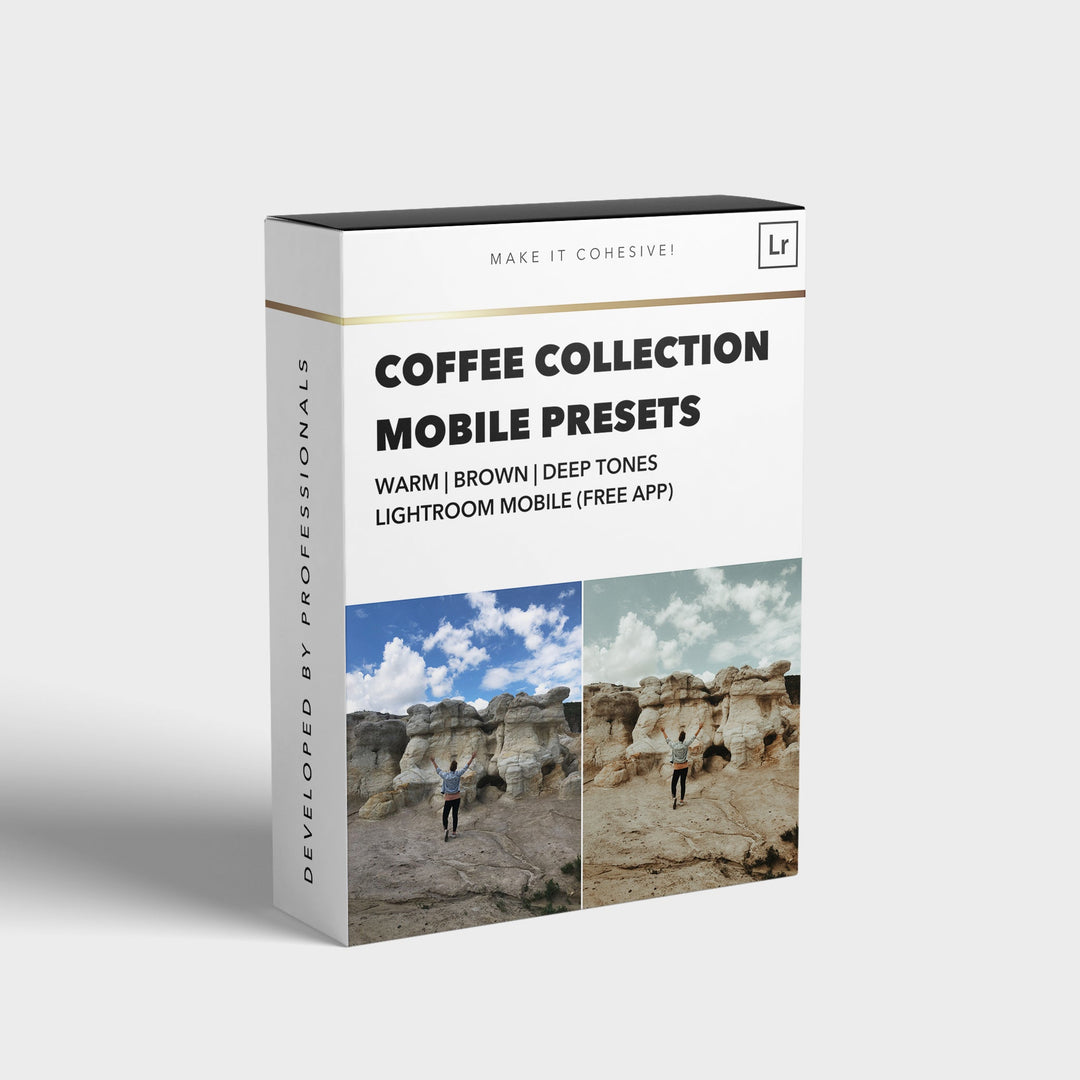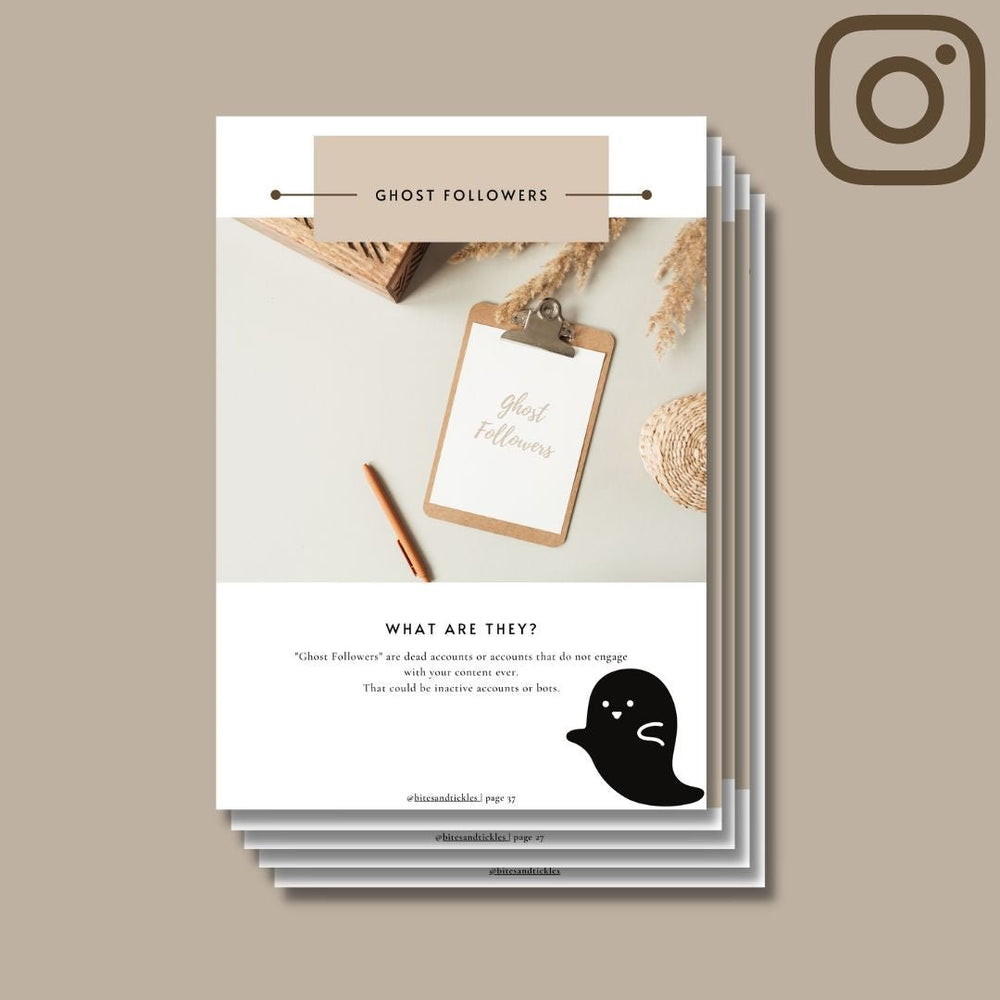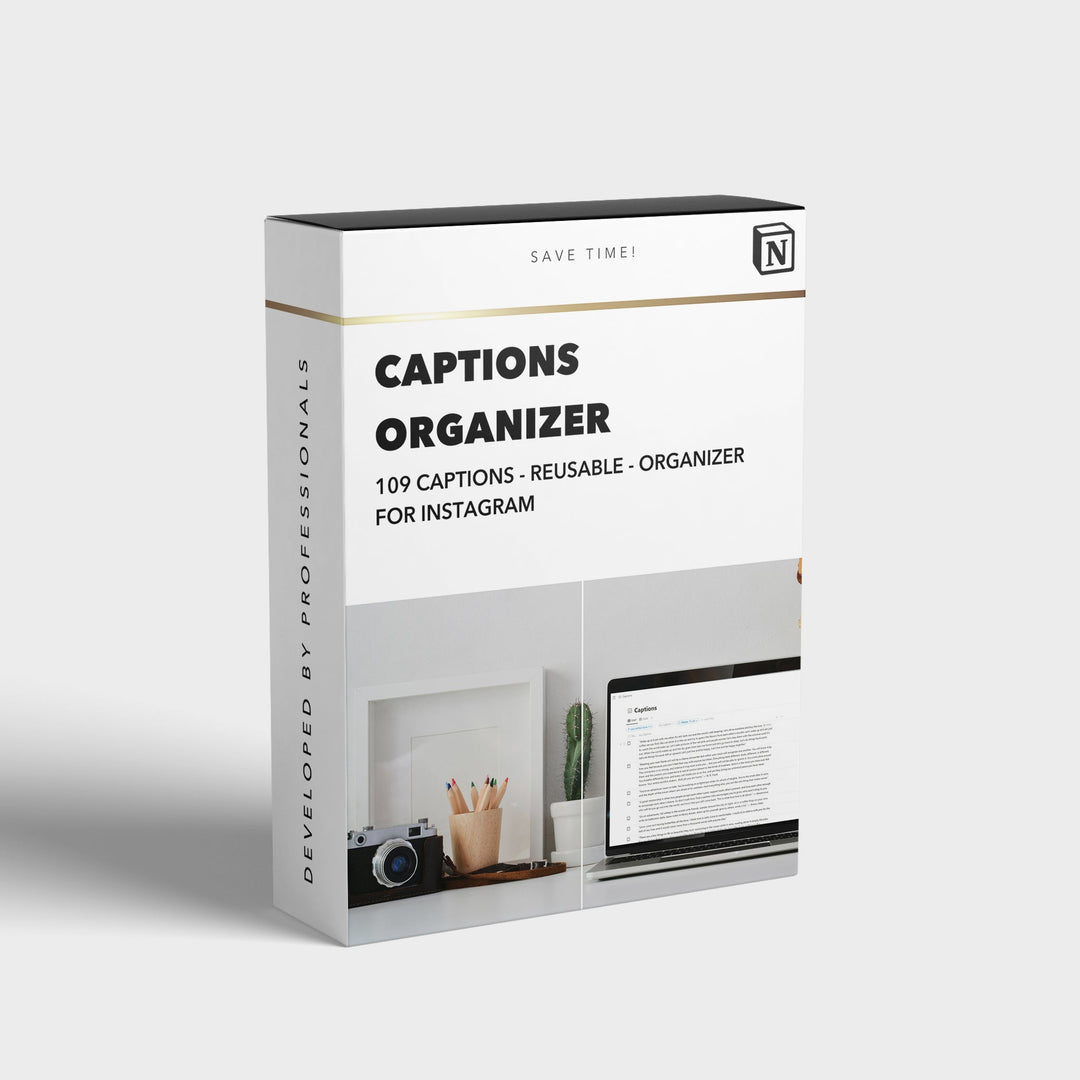How to Find Your Editing Style as a Wedding Photographer

Capture the Essence of Love with Your Unique Editing Style
Introduction
As a wedding photographer, one of the key aspects of your craft is developing a distinct editing style that sets you apart from the competition. Your editing style is a reflection of your artistic vision and plays a vital role in capturing the essence of love and joy on a couple's special day. In this article, we will explore various strategies and techniques to help you find your editing style as a wedding photographer, allowing you to create stunning and memorable images that stand out. So, grab your camera and let's dive in!
1. Understanding the Importance of Editing Style
Before delving into the process of finding your editing style, it's crucial to understand why it holds such significance for wedding photographers. Your editing style is like your signature—it distinguishes your work and creates a consistent brand image. It sets the tone, mood, and overall aesthetic of your photographs, allowing clients to recognize and appreciate your unique artistic voice.
2. Study and Analyze Different Editing Styles
To find your editing style, it's essential to study and analyze various editing styles used by other photographers. Explore different wedding photography portfolios, online platforms, and social media channels to discover a wide range of editing approaches. Pay attention to color schemes, lighting techniques, composition, and overall mood created by different styles. This research phase will help you develop an eye for what appeals to you and what aligns with your creative vision.
3. Identify Your Photographic Voice
Finding your editing style is an extension of finding your own photographic voice. Reflect on your passion for photography, your personal experiences, and the emotions you want to convey through your images. Consider the types of couples and weddings that resonate with you. Are you drawn to intimate elopements in natural landscapes, or do you find joy in capturing grand, extravagant ceremonies? Identifying your photographic voice will guide you in selecting an editing style that reflects your authentic self.
4. Experiment with Different Editing Software
Editing software plays a pivotal role in shaping your editing style. Experiment with various editing software options to find the one that suits your workflow and allows you to achieve your desired aesthetic. Popular options include Adobe Lightroom, Capture One, and Luminar. Each software has its own unique features, presets, and tools that can significantly impact the final look of your images.
5. Develop a Consistent Workflow
Consistency is key when it comes to establishing your editing style. Developing a streamlined and efficient editing workflow not only saves you time but also ensures a consistent look throughout your portfolio. Create custom presets or utilize existing ones to maintain a cohesive editing style across different lighting conditions and environments. Consistency builds trust with clients and helps establish your brand as a reliable and professional wedding photographer.
6. Embrace Your Unique Vision
While studying other photographers' work is valuable, it's essential to embrace your unique vision and avoid merely replicating someone else's style. Wedding photography is an art form, and your editing style should reflect your personal perspective and creativity. Experiment with different editing techniques, push boundaries, and don't be afraid to make mistakes. Embracing your unique vision will set you apart in a saturated market and attract clients who resonate with your distinct approach.
7. Seek Feedback and Critique
Feedback and critique are valuable tools for growth and improvement. Share your work with fellow photographers, mentors, or online communities dedicated to wedding photography. Be open to constructive criticism and learn from the experiences of others. Feedback can provide fresh insights and help you refine your editing style further.
8. Create a Mood Board
A mood board is an excellent visual tool for defining and refining your editing style. Collect images that inspire you and align with the aesthetic you want to achieve. Consider elements such as color palettes, lighting conditions, composition, and emotions evoked by these images. Creating a mood board will serve as a reference point and guide your editing decisions throughout the post-processing stage.
9. Stay True to Your Brand
As a wedding photographer, your editing style becomes an integral part of your brand. It's essential to stay true to your brand identity and consistently deliver the editing style you advertise to your clients. Clients choose you because they are attracted to your unique style, so maintaining that consistency is crucial for client satisfaction and building a strong reputation in the industry.
10. FAQs (Frequently Asked Questions)
Q1: How long does it take to find your editing style as a wedding photographer? A1: Finding your editing style is a personal journey that varies for each photographer. It can take months or even years of experimentation and refinement to discover your unique voice and style.
Q2: Should I only focus on one editing style? A2: While it's beneficial to have a distinct editing style, it's also essential to remain versatile. Clients have diverse preferences, so having the ability to adapt your editing style to different wedding themes and preferences will expand your marketability.
Q3: Can I change my editing style over time? A3: Absolutely! As an artist, you are constantly evolving and growing. It's natural for your editing style to evolve along with you. However, ensure that any changes align with your brand and are communicated effectively to your existing and potential clients.
Q4: How can I find inspiration for my editing style? A4: Inspiration can be found in various places such as nature, fashion, art, and even movies. Explore different sources, experiment with new techniques, and always stay curious. Inspiration can strike at unexpected moments, so keep your eyes open!
Q5: Is it necessary to have formal education in photography to find my editing style? A5: While formal education can provide a strong foundation, it is not a prerequisite for finding your editing style. Passion, dedication, and hands-on experience are equally valuable in shaping your unique artistic voice.
Q6: Can I offer multiple editing styles to clients? A6: Offering multiple editing styles can be overwhelming for both you and your clients. It's best to focus on one primary style that represents your brand, while still being open to minor adjustments based on individual client preferences.
Conclusion
Finding your editing style as a wedding photographer is an ongoing journey that requires self-reflection, experimentation, and staying true to your artistic vision. Remember, it's not about emulating someone else's style, but about creating your own unique voice in the industry. Develop your skills, seek inspiration, and embrace your creativity to capture the essence of love through your editing style. With dedication and perseverance, you'll create breathtaking images that will leave a lasting impression on couples and their families.









![[NEW] Clean Collection Presets Mobile - bitesandtickles](http://bitesandtickles-shop.com/cdn/shop/products/new-clean-collection-presets-mobile-256234.jpg?v=1685723321&width=1000)












Leave a comment